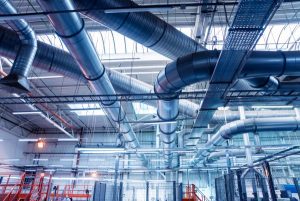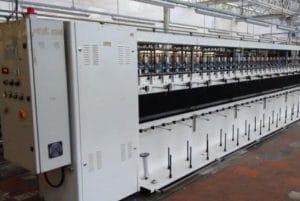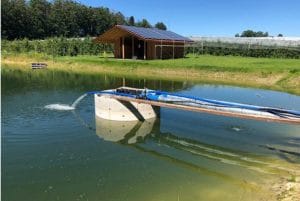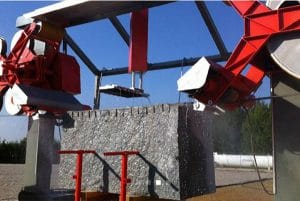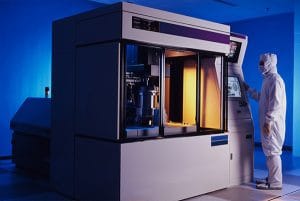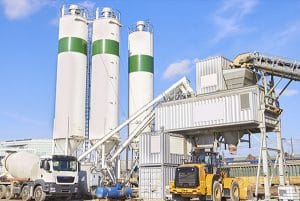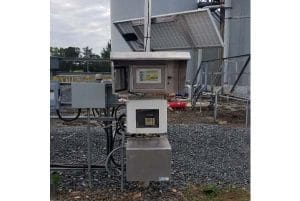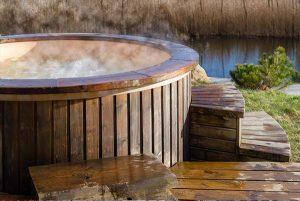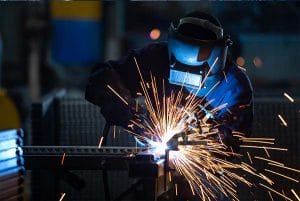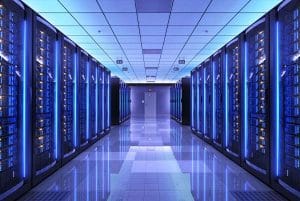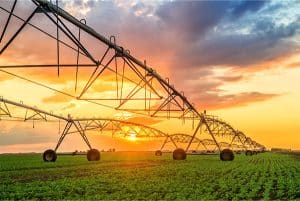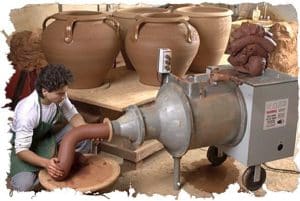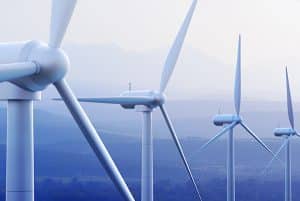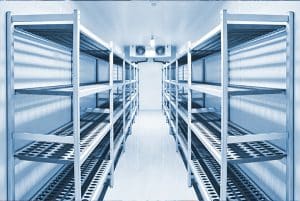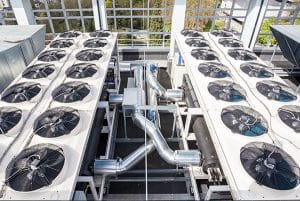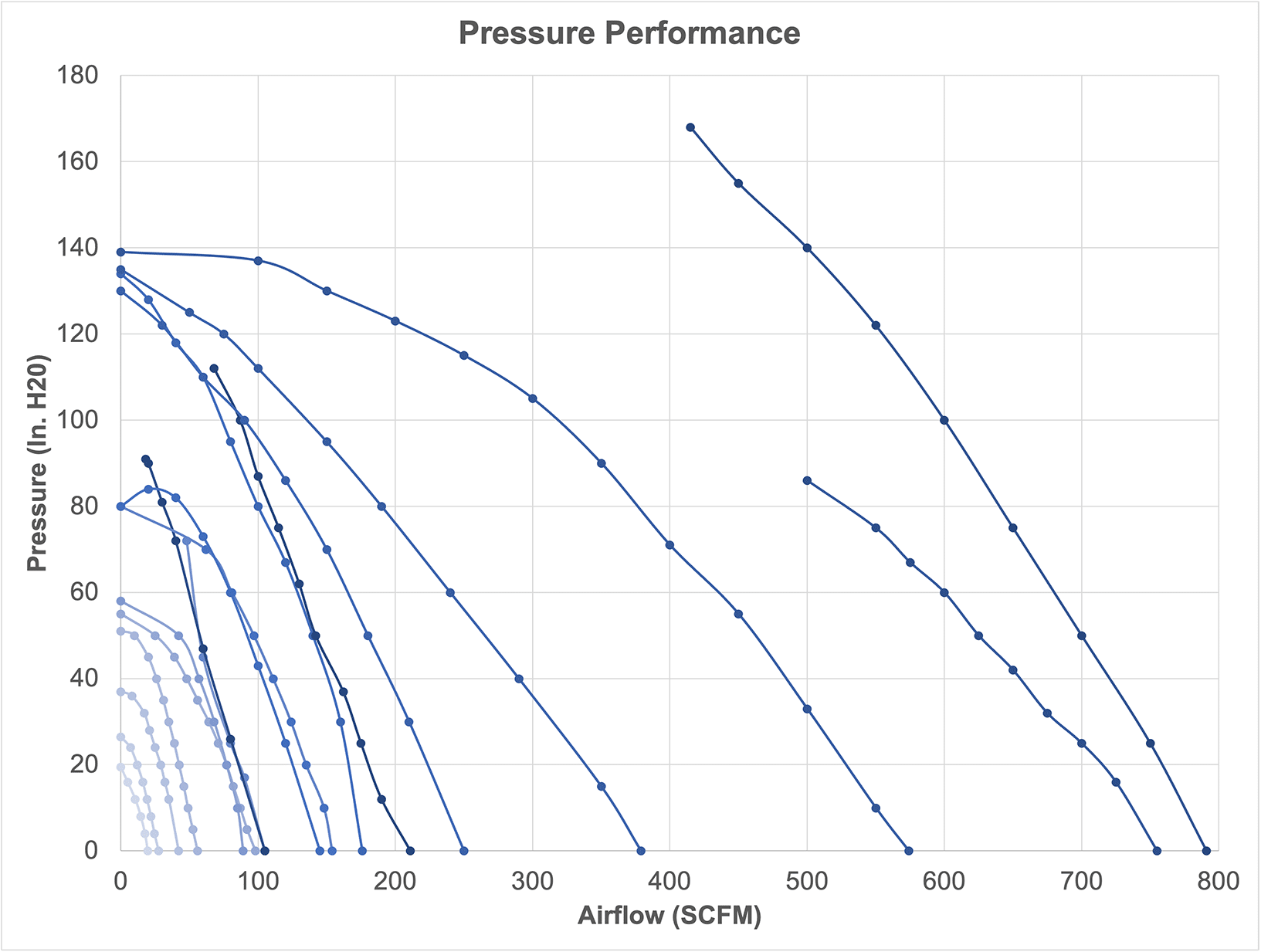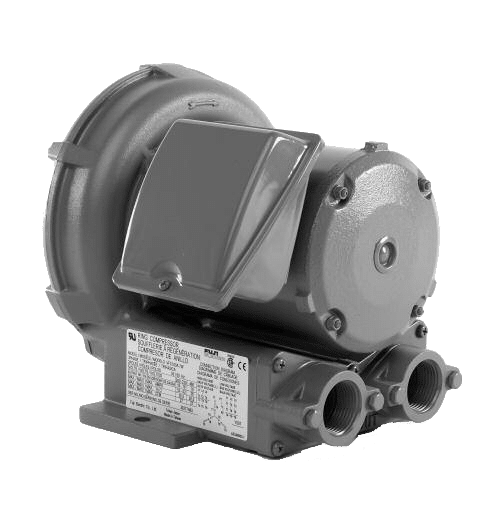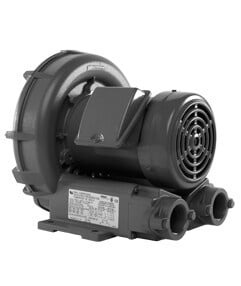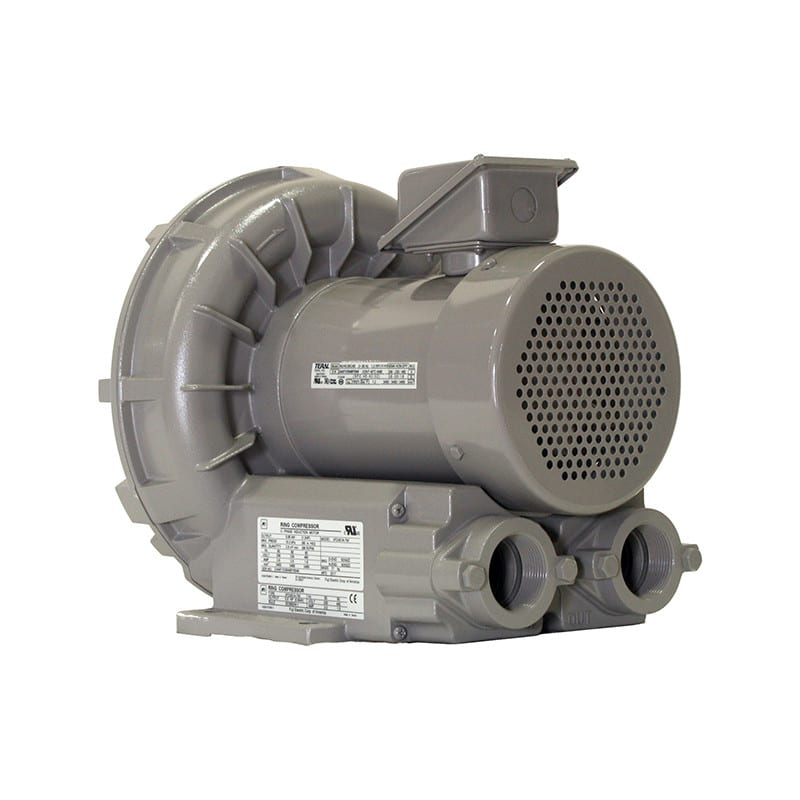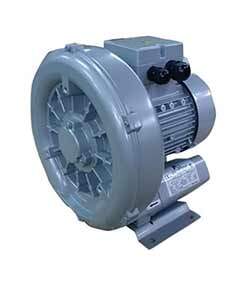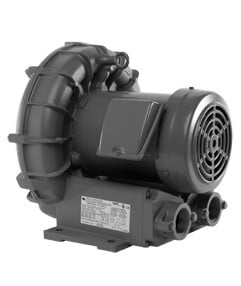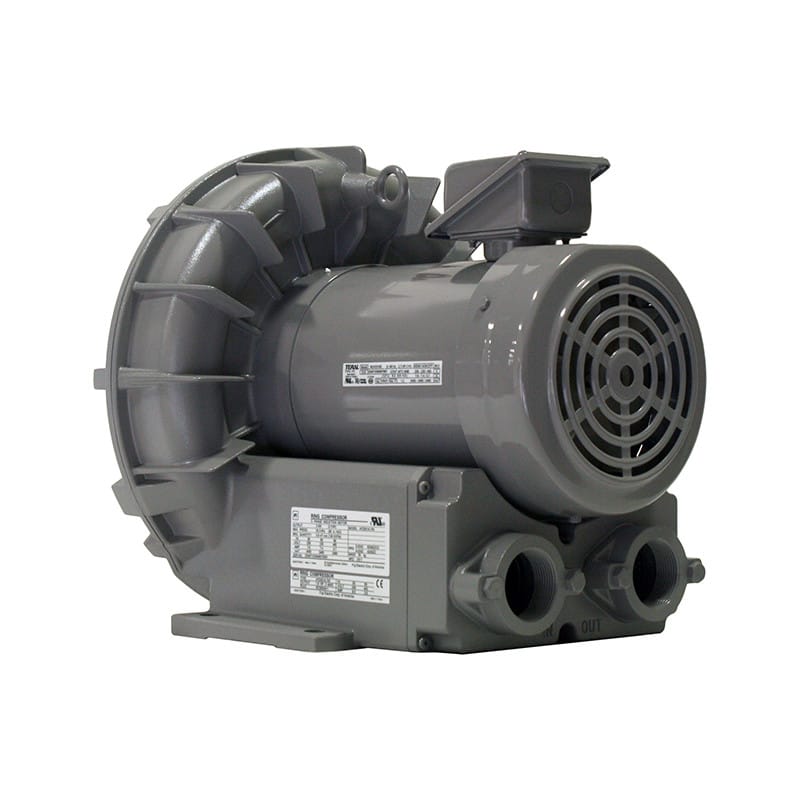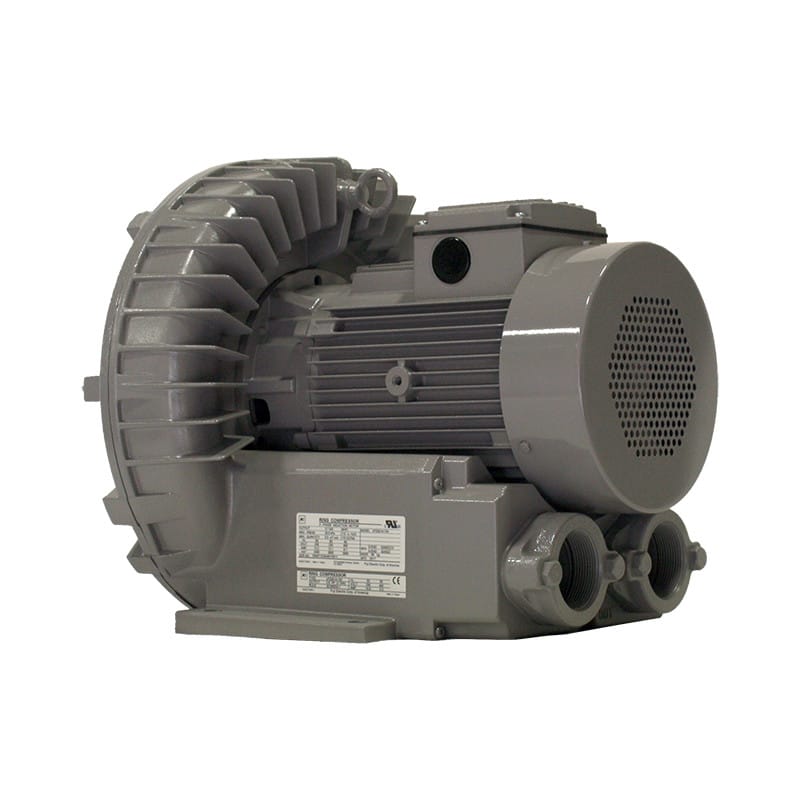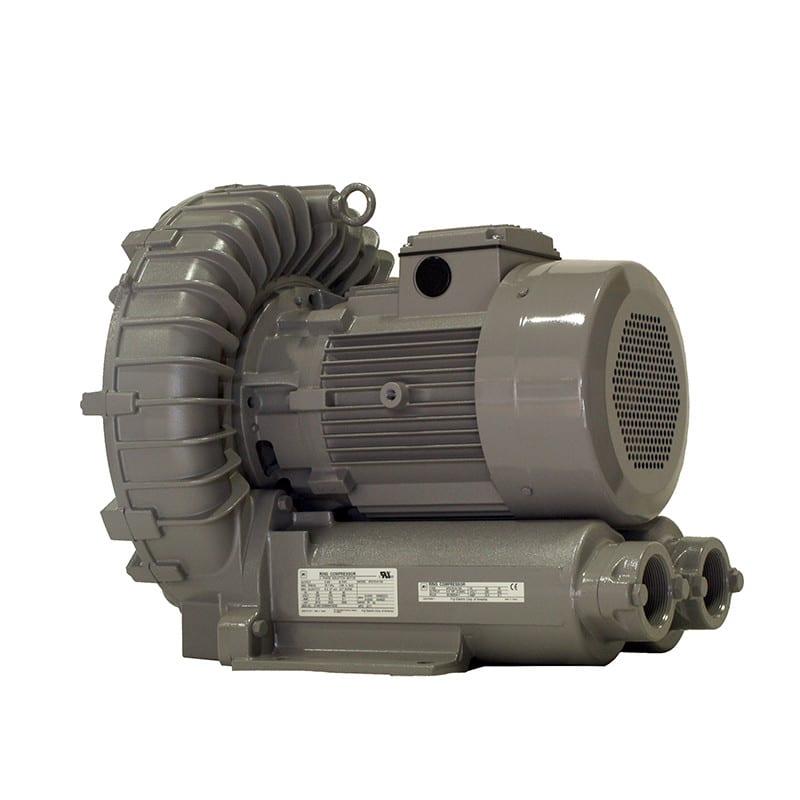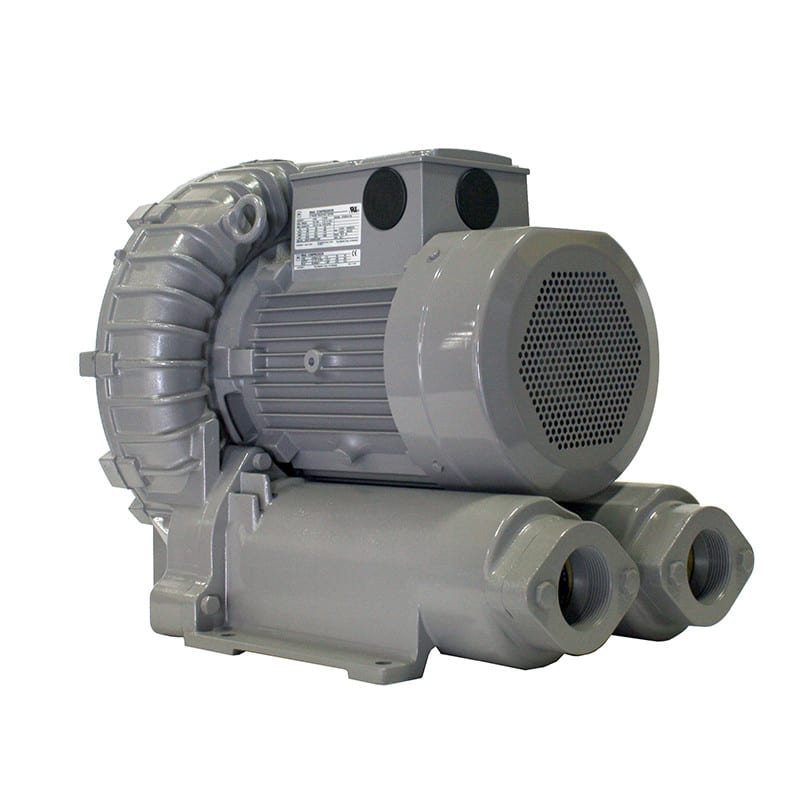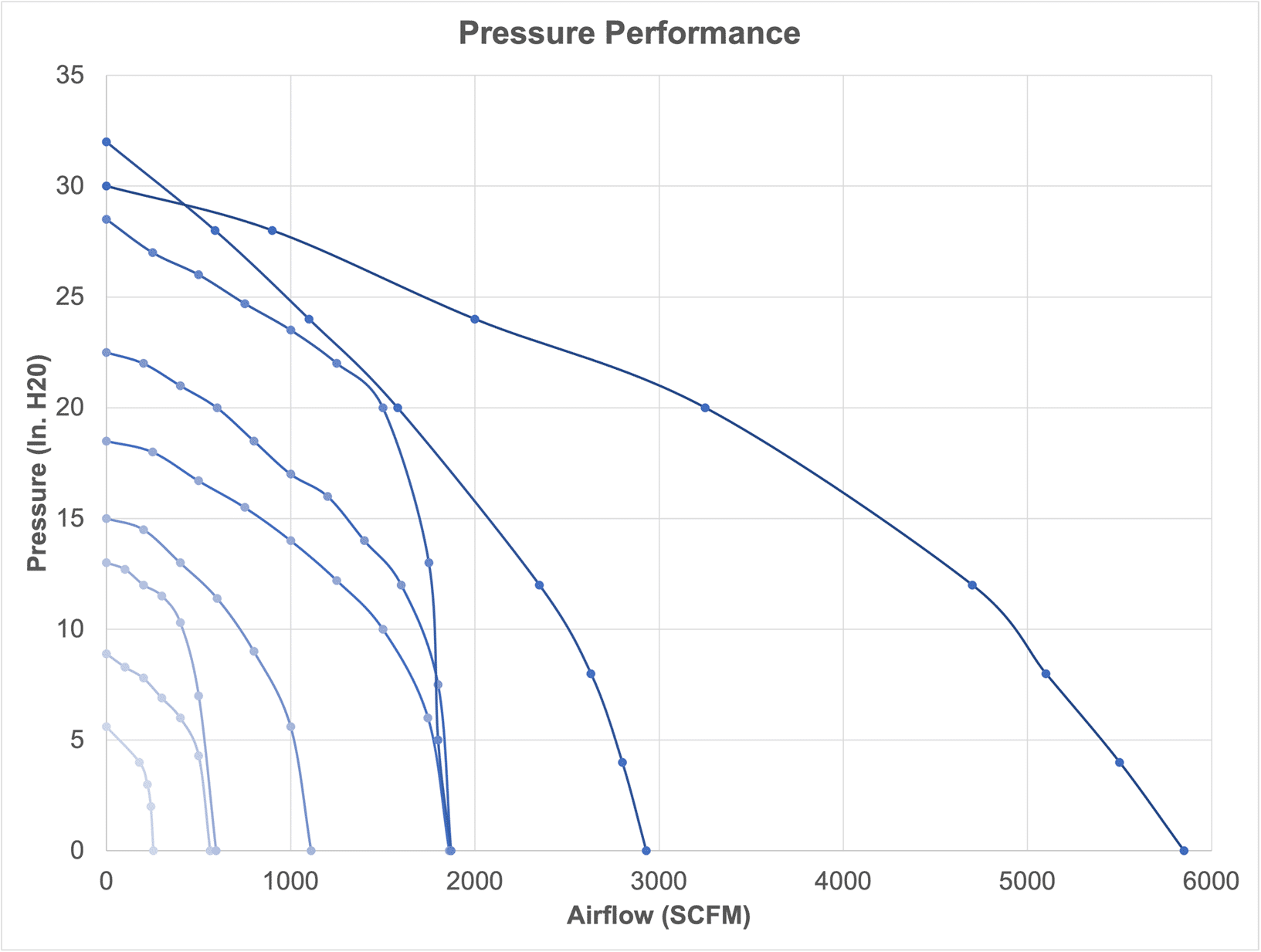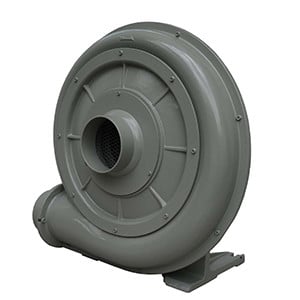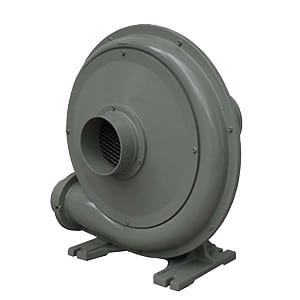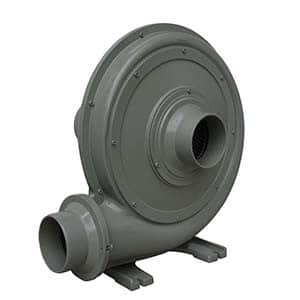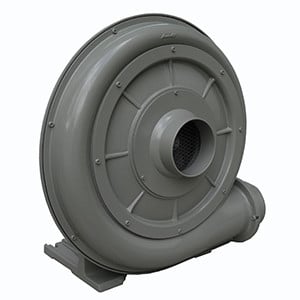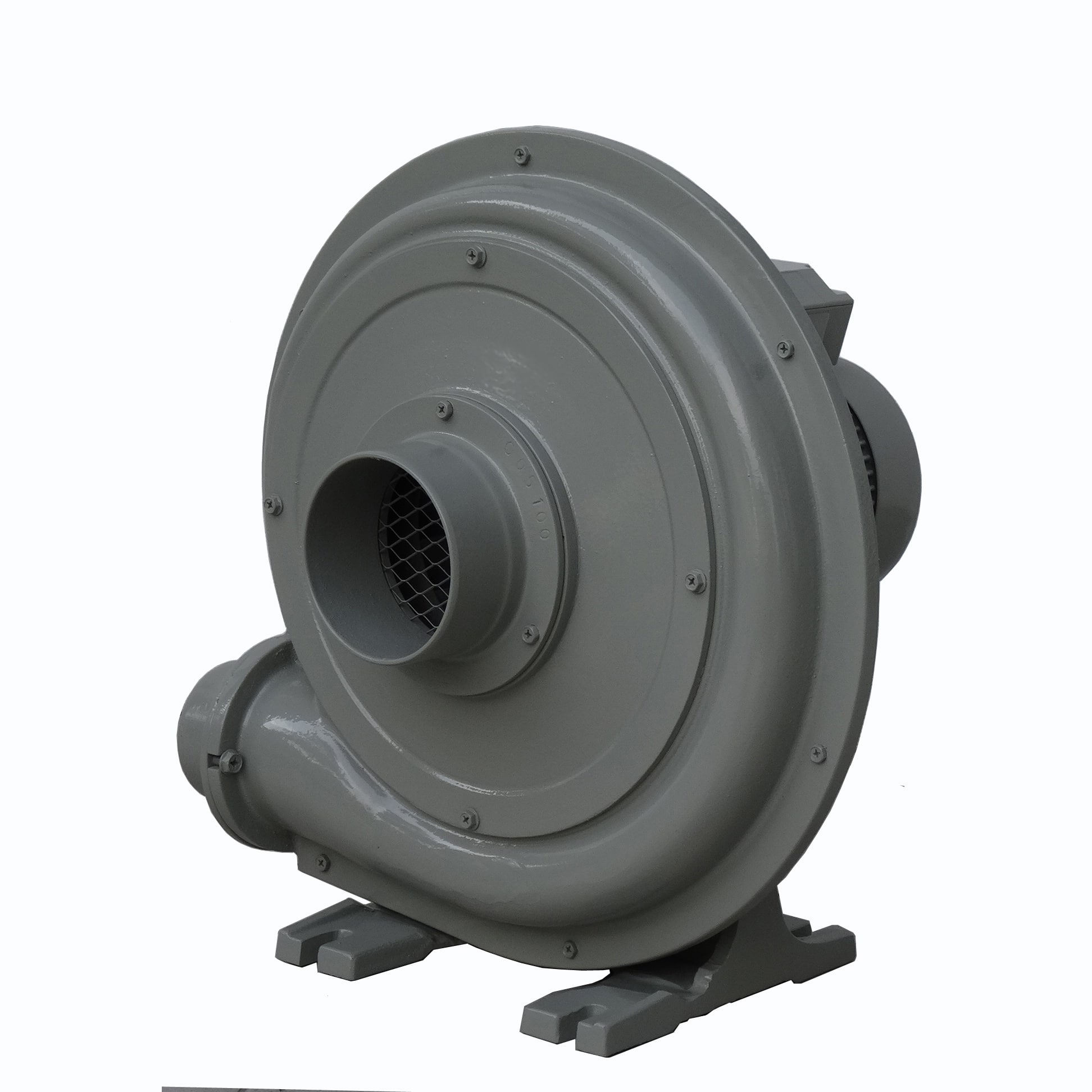Regenerative blowers, also known as side channel blowers or ring blowers, are versatile devices used in various industries for moving air and gas. They are widely appreciated for their ability to generate high pressure and vacuum levels. Regenerative blowers come in two primary configurations: single-stage and two-stage. Understanding the differences between these two types can help in selecting the right blower for specific applications. This article provides a comparative analysis of single-stage and two-stage regenerative blowers.
Understanding Regenerative Blowers
Functionality: Regenerative blowers operate on the principle of regenerative air movement, where air is drawn into the blower, accelerated by an impeller, and then regenerated through multiple cycles of acceleration and deceleration within the blower housing. This process generates high pressure or vacuum levels.
Applications: Common applications include wastewater treatment aeration, pneumatic conveying, vacuum lifting, air knives, and industrial drying processes.
Single-Stage Regenerative Blowers
Design: Single-stage regenerative blowers have one impeller and one side channel. The air passes through the impeller once, gaining speed and pressure before being discharged.
Key Characteristics:
- Pressure and Vacuum: Single-stage blowers can generate moderate pressure and vacuum levels, typically sufficient for many standard applications.
- Flow Rate: They offer higher flow rates compared to two-stage blowers due to less restriction in the air path.
- Efficiency: Generally more efficient in applications where high flow rates are required with moderate pressure.
Advantages:
- Cost-Effective: Single-stage blowers are usually less expensive to purchase and maintain.
- Simplicity: With fewer components, they are easier to service and have a lower risk of mechanical failure.
- High Flow Rates: Ideal for applications requiring high air flow with moderate pressure or vacuum levels.
Disadvantages:
- Limited Pressure and Vacuum: They may not be suitable for applications requiring very high pressure or vacuum levels.
Applications:
- Aeration in wastewater treatment
- Air supply for pneumatic conveying systems
- Industrial ventilation
- Vacuum lifting and packaging
Two-Stage Regenerative Blowers
Design: Two-stage regenerative blowers feature two impellers and two side channels. Air passes through the first impeller and channel, where it gains initial speed and pressure, then moves to the second stage for further compression.
Key Characteristics:
- Pressure and Vacuum: Two-stage blowers can achieve significantly higher pressure and vacuum levels compared to single-stage blowers.
- Flow Rate: They generally have lower flow rates due to increased air path restriction from the additional stage.
- Efficiency: More efficient in applications where higher pressure or vacuum is required at lower flow rates.
Advantages:
- High Pressure and Vacuum: Ideal for applications demanding higher pressure or vacuum levels.
- Versatility: Can handle a broader range of applications due to their enhanced performance capabilities.
Disadvantages:
- Higher Cost: More expensive than single-stage blowers, both in initial purchase and maintenance.
- Complexity: More components mean increased complexity and a higher potential for mechanical issues.
Applications:
- High-pressure pneumatic conveying
- Industrial drying and air knife systems
- Vacuum hold-down and lifting applications
- Medical and dental suction systems
Comparative Analysis
- Performance
- Single-Stage: Offers higher flow rates with moderate pressure and vacuum levels. Suitable for applications where air volume is more critical than pressure.
- Two-Stage: Provides higher pressure and vacuum capabilities with lower flow rates. Best for applications requiring significant pressure or vacuum.
- Cost
- Single-Stage: Generally more cost-effective, both in terms of initial investment and maintenance.
- Two-Stage: Higher upfront cost and potentially higher maintenance expenses due to added complexity.
- Efficiency
- Single-Stage: More efficient in high-flow, low-pressure applications.
- Two-Stage: More efficient in low-flow, high-pressure or high-vacuum applications.
- Application Suitability
- Single-Stage: Best for aeration, ventilation, and applications where high air volume is needed.
- Two-Stage: Ideal for applications requiring higher pressure or vacuum, such as industrial drying, suction systems, and high-pressure pneumatic conveying.
Conclusion
Choosing between a single-stage and two-stage regenerative blower depends on the specific requirements of the application. Single-stage blowers are cost-effective and efficient for high-flow, moderate-pressure applications, making them suitable for many standard industrial uses. Two-stage blowers, on the other hand, provide higher pressure and vacuum capabilities, essential for more demanding applications where performance is critical.
Understanding the differences in design, performance, and application suitability can help in selecting the right regenerative blower, ensuring optimal performance, efficiency, and cost-effectiveness for your specific needs.




